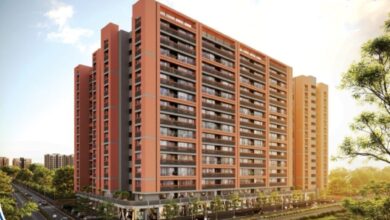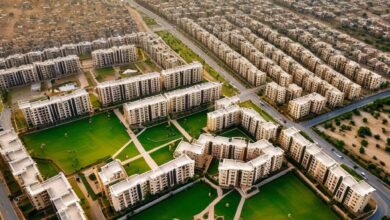Scan to BIM services have revolutionized the way surveyors approach their projects, offering a host of benefits that enhance accuracy, streamline workflows, and improve collaboration. In this article, we’ll explore the top 5 benefits of Scan to BIM for surveyors in detail.
Introduction to Scan to BIM Services:
Scan to BIM technology combines laser scanning technology with Building Information Modeling (BIM) software to create accurate 3D models of existing structures. For surveyors, this technology offers an efficient and precise way to capture as-built conditions and integrate them into their workflow.
Enhanced Accuracy and Precision:
One of the primary benefits of Scan to BIM for surveyors is the enhanced accuracy and precision it offers. By utilizing point cloud data captured through laser scanning, surveyors can create detailed representations of existing structures with unparalleled accuracy. This level of precision is invaluable for surveying projects where accuracy is paramount, such as construction site monitoring or infrastructure assessments.
Streamlined Retrofit and Renovation Planning:
Scan to BIM facilitates seamless retrofit and renovation planning by providing surveyors with detailed BIM models of existing structures. These models allow surveyors to visualize the impact of proposed changes before implementation, optimizing decision-making and minimizing disruptions. By accurately capturing existing conditions, Scan to BIM helps surveyors identify potential challenges and plan accordingly, leading to more efficient and cost-effective renovation projects.
Efficient MEP Coordination:
Another significant benefit of Scan to BIM Services for surveyors is improved coordination of Mechanical, Electrical, Plumbing, and Fire Protection (MEPF) systems within the BIM environment. By integrating point cloud data into BIM models, surveyors can detect and resolve clashes between different disciplines, optimizing system performance and layout. This streamlined coordination helps prevent costly errors and delays during construction, ultimately saving time and money.
Cost and Time Savings:
Scan to BIM technology offers surveyors significant cost and time savings by reducing the need for manual fieldwork and site visits. With laser scanning technology, surveyors can capture detailed as-built data quickly and accurately, minimizing the time spent on data collection. Additionally, the ability to create comprehensive BIM models from scan data reduces the risk of rework and errors, leading to cost savings throughout the project lifecycle.
Improved Collaboration and Communication:
Finally, Scan to BIM enhances collaboration and communication among surveying teams and project stakeholders. By providing clear visualizations of existing conditions, BIM models facilitate better communication and decision-making. Surveyors can easily share and collaborate on BIM models with architects, engineers, and other stakeholders, ensuring everyone is on the same page throughout the project.
Increased Safety and Risk Management:
Scan to BIM technology also contributes to improved safety and risk management on surveying projects. By accurately capturing existing conditions with laser scanning, surveyors can identify potential safety hazards and risks before they escalate. This proactive approach allows surveyors to implement appropriate safety measures and mitigate risks, ensuring a safer working environment for project teams.
Asset Management and Facility Maintenance:
Beyond the initial surveying phase, Scan to BIM data can be leveraged for ongoing asset management and facility maintenance purposes. The detailed BIM models created from scan data serve as valuable assets for facility owners and operators, providing a comprehensive digital representation of the built environment. This information can be used to track asset performance, schedule maintenance activities, and plan for future upgrades or renovations.
Environmental Sustainability:
Scan to BIM technology can also support environmental sustainability initiatives by providing accurate data for energy efficiency assessments and green building certifications. By capturing detailed information about building components and systems, surveyors can analyze energy consumption patterns, identify opportunities for efficiency improvements, and optimize building performance. This data-driven approach helps minimize the environmental impact of buildings and supports sustainable design practices.
Scalability and Adaptability:
Finally, Scan to BIM technology offers scalability and adaptability to meet the evolving needs of surveying projects. Whether working on small-scale renovations or large-scale infrastructure projects, surveyors can leverage laser scanning technology and BIM software to capture as-built data and create detailed models tailored to their specific requirements. This flexibility allows surveyors to adapt to project complexities and deliver high-quality results across a wide range of applications.
In summary,
Scan to BIM services provide surveyors with a powerful toolset for capturing, analyzing, and leveraging as-built data in their projects. From enhanced accuracy and efficiency to improved collaboration and sustainability, the benefits of Scan to BIM extend across the entire project lifecycle, making it an invaluable asset for surveying professionals. visit on more article



